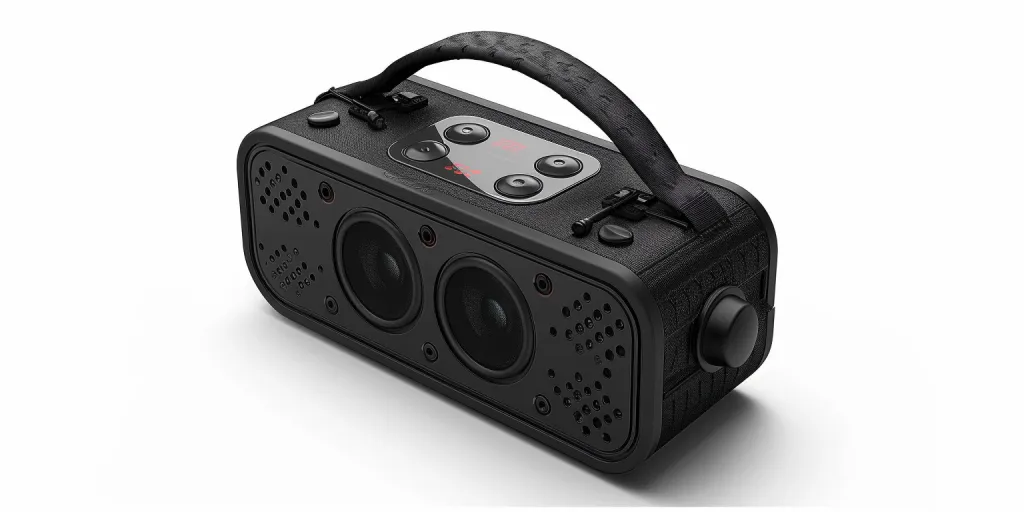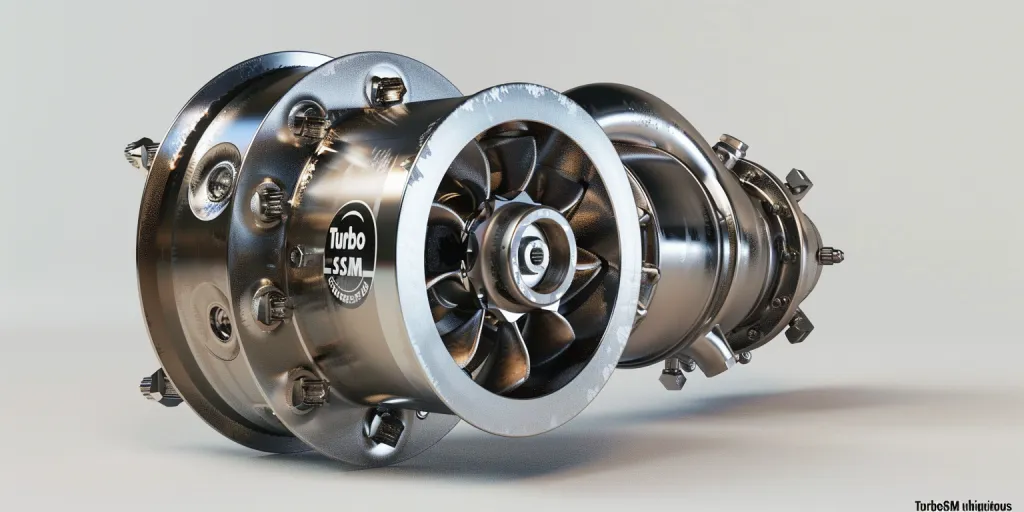In an era where audio content has taken center stage, from podcasts to music streaming, the importance of high-quality speakers cannot be overstated. This guide aims to explore the multifaceted world of speakers, breaking down the technicalities into digestible insights. Whether you’re a casual listener or an audiophile, understanding the nuances of speakers can significantly enhance your audio experience.
Table of Contents:
– Understanding speaker types
– Key features to look for
– The impact of connectivity options
– Speaker placement and its importance
– Future trends in speaker technology
Understanding speaker types
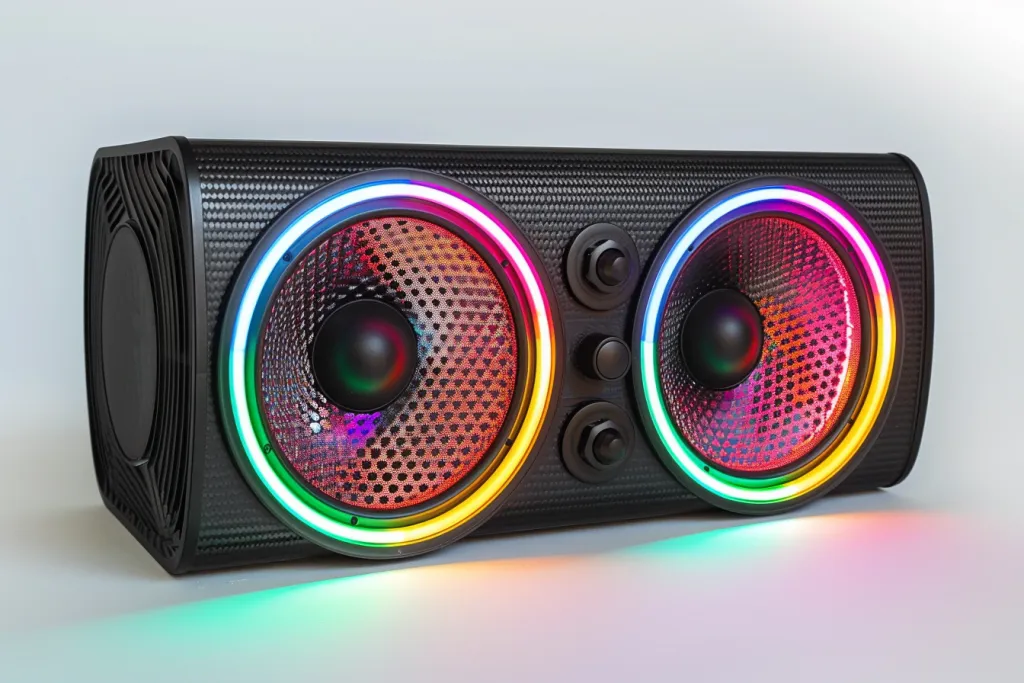
Speakers come in various shapes and sizes, each designed for specific use cases. The traditional categorization includes bookshelf, floor-standing, satellite, and subwoofer, among others. Bookshelf speakers, compact in nature, are ideal for small to medium-sized rooms, offering a balance of bass and treble. Floor-standing speakers, on the other hand, provide a more powerful output suitable for larger spaces. Satellite speakers, often used in surround sound systems, complement subwoofers that are dedicated to reproducing low-frequency sounds.
Choosing the right type of speaker depends on the space available and the listener’s preference for audio quality. For instance, audiophiles might lean towards floor-standing speakers for their depth of sound, while casual listeners could find bookshelf speakers more than adequate. Understanding the characteristics of each type helps in making an informed decision that aligns with one’s audio consumption habits.
The evolution of speaker technology has also introduced smart speakers, which integrate with digital assistants. These devices offer not just audio playback but also act as control hubs for smart homes. The convenience of voice commands and the ability to connect with other smart devices have made them increasingly popular.
Key features to look for
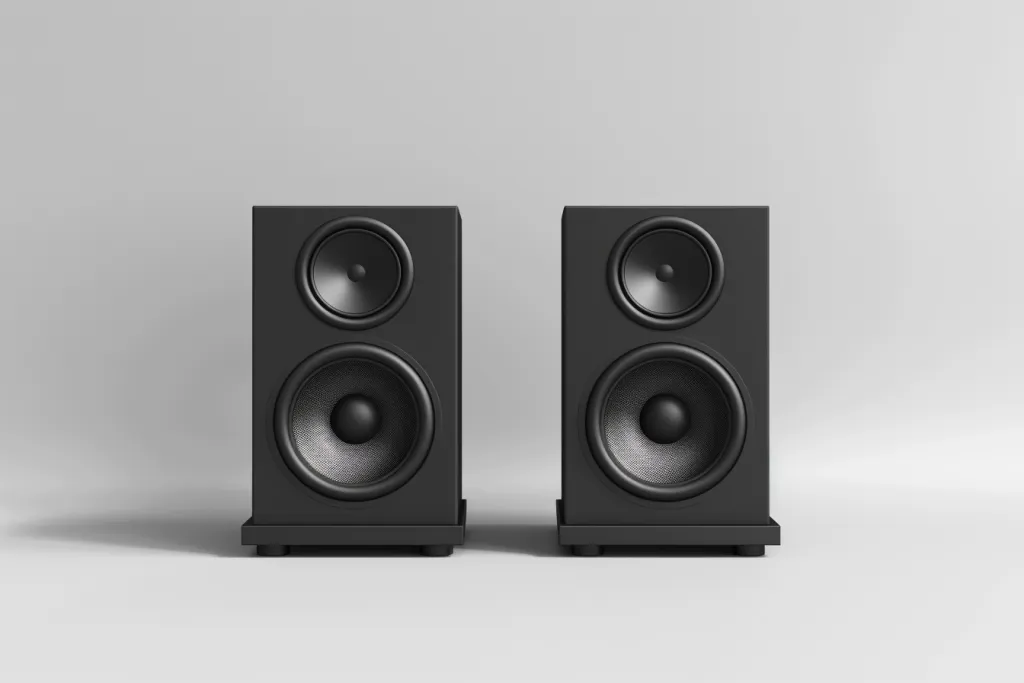
When delving into the technicalities, several features stand out as crucial for a high-quality speaker. Frequency response, measured in Hertz (Hz), indicates the range of sounds a speaker can reproduce. A wider frequency response means the speaker can handle both high and low sounds efficiently, offering a richer audio experience.
Another important aspect is sensitivity, which measures how loud a speaker can get per watt of power. Higher sensitivity speakers require less power to produce the same volume as lower sensitivity speakers, making them more efficient. Additionally, the impedance, measured in ohms, affects the speaker’s compatibility with amplifiers. A mismatch can lead to suboptimal performance or even damage the speaker.
Power handling, connectivity options, and the materials used in speaker construction also play significant roles in determining sound quality. For example, speakers with higher power handling can accommodate louder volumes without distortion. Meanwhile, the choice of materials affects the durability and the clarity of sound, with certain woods and metals being preferred for their acoustic properties.
The impact of connectivity options
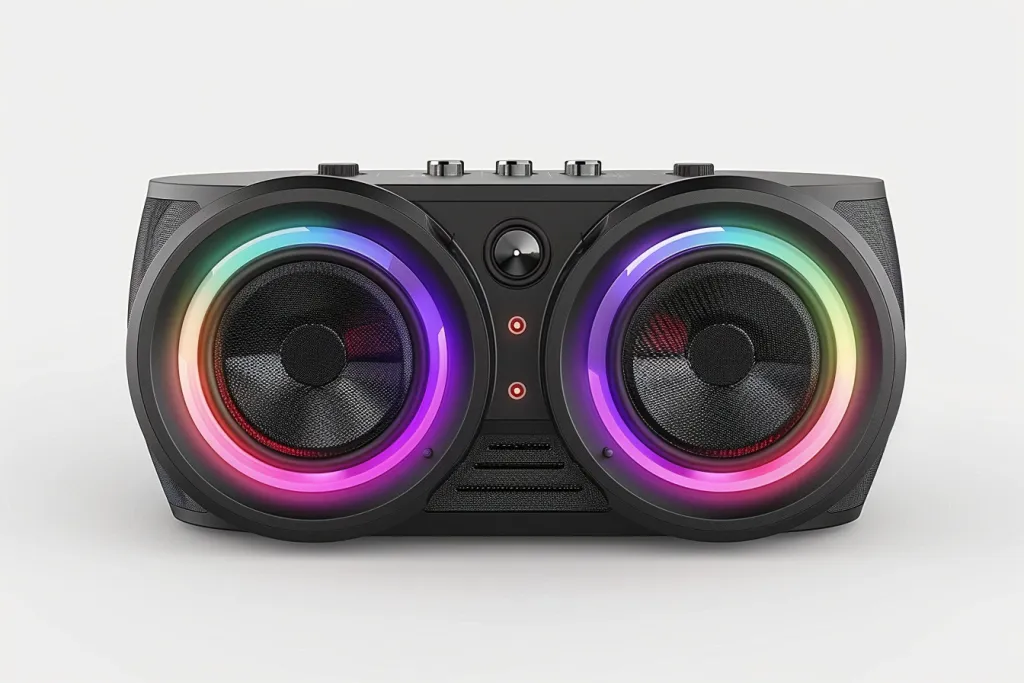
In today’s digital age, the way we connect our speakers has evolved. Traditional wired connections are now accompanied by wireless options such as Bluetooth, Wi-Fi, and even proprietary technologies. This shift has made speakers more versatile, allowing users to stream audio from various devices without the clutter of cables.
Bluetooth speakers offer the convenience of portability and are ideal for outdoor use or in spaces where wiring is impractical. Wi-Fi speakers, while typically requiring a stable network connection, provide higher quality audio streaming and the ability to create multi-room sound systems. Understanding the strengths and limitations of each connectivity option can greatly influence the user’s choice based on their lifestyle and listening habits.
Moreover, the integration of connectivity options with smart technologies has opened up new possibilities for speaker functionality. Users can now access streaming services, control smart home devices, and even make calls directly from their speakers. This convergence of audio and smart technology is redefining what speakers can do, making them an integral part of the modern home ecosystem.
Speaker placement and its importance
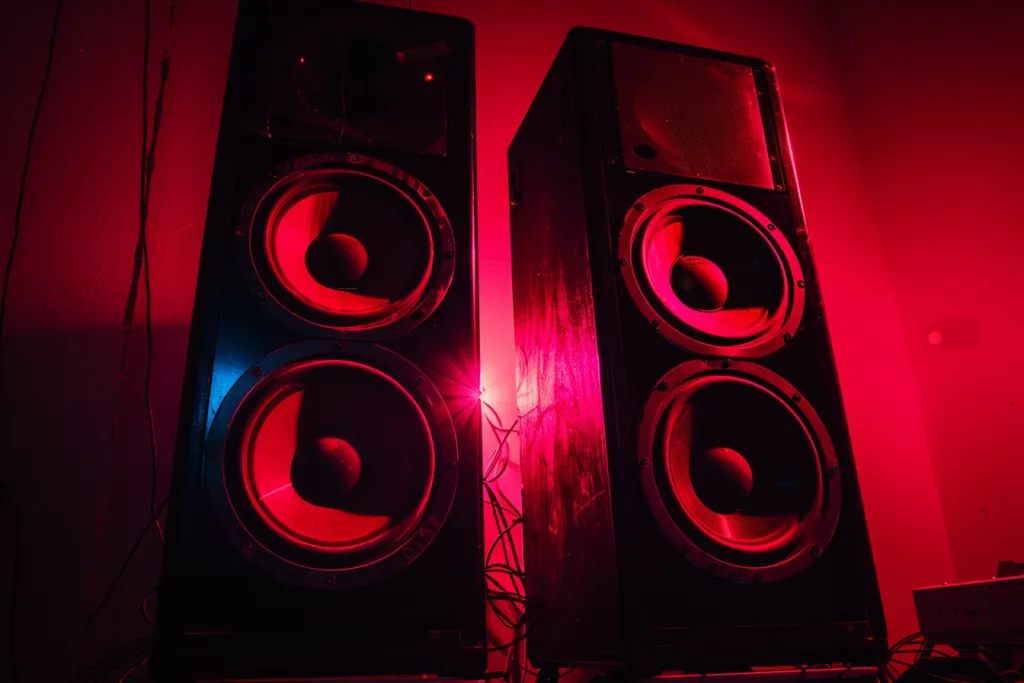
The placement of speakers can dramatically affect the listening experience. Sound waves interact with the environment, and without proper placement, speakers can sound muffled, distorted, or imbalanced. For stereo sound, positioning the speakers at an equal distance from the listening spot and angling them slightly towards the listener can create a more immersive soundstage.
For home theaters, the placement becomes more complex, with the center, front, surround, and subwoofer speakers each requiring specific positions to achieve optimal surround sound. The goal is to envelop the listener in audio, making the experience as realistic as possible. Experimenting with speaker placement and considering room acoustics can significantly improve audio quality.
Absorptive materials like carpets and curtains can help reduce echo, while reflective surfaces like glass and concrete can cause sound distortion. Understanding these dynamics is crucial for audiophiles and casual listeners alike, as it can transform a mediocre audio setup into an extraordinary one without the need for expensive upgrades.
Future trends in speaker technology

As we look towards the future, several trends are set to shape the evolution of speakers. Advancements in material science are promising speakers that are not only more efficient but also capable of producing a wider range of sounds. Innovations like graphene diaphragms are making speakers lighter, more responsive, and capable of delivering clearer, more detailed audio.
Moreover, the integration of artificial intelligence and machine learning is enabling speakers to adapt to the listener’s preferences and the acoustic properties of the room, automatically adjusting settings for the best possible sound. The rise of spatial audio, offering a 3D audio experience, is set to redefine our expectations from audio playback, making it more immersive than ever.
As connectivity continues to improve, we can also expect speakers to become more seamlessly integrated into our digital lives, offering personalized experiences and interacting with other smart devices in more meaningful ways. The future of speakers is not just about sound quality but about creating a more intuitive and immersive audio experience.
Conclusion:
Understanding the world of speakers is essential for anyone looking to enhance their audio experience. From the type of speaker to its placement in a room, each aspect plays a significant role in shaping the sound. As technology advances, speakers are becoming not just sources of sound but integral components of our digital lives, offering connectivity and smart functionalities. By staying informed about these developments, users can make choices that best suit their audio preferences and lifestyle.
